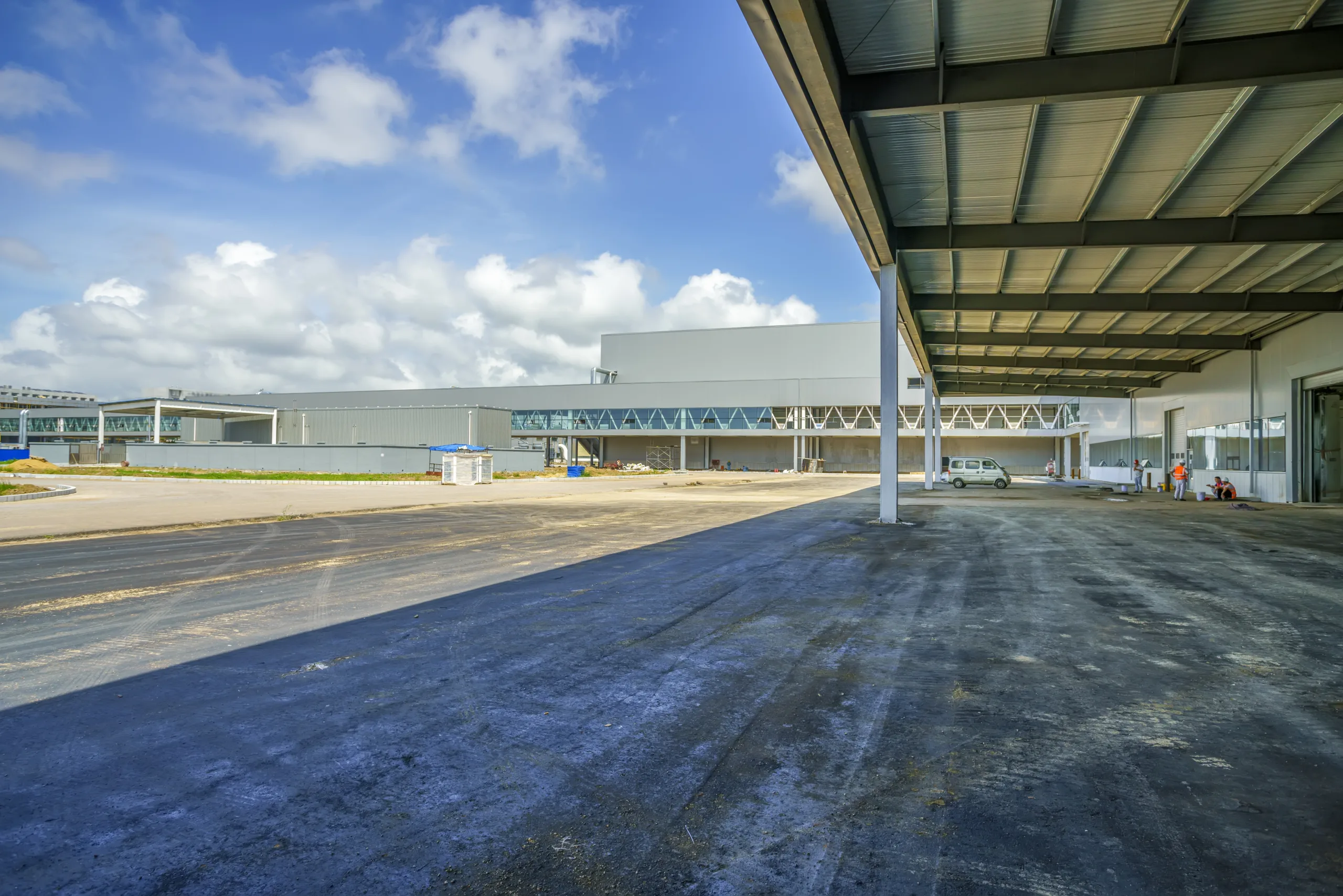- Prologis CFO Tim Arndt shared the company’s use of three overlapping credit facilities totaling $6B as a strategy to stay nimble and shield its balance sheet from market shocks.
- The company’s financial setup—featuring staggered maturities, minimal leverage, and high investment-grade debt ratings—aims to preserve liquidity and enable long-term borrowing flexibility.
- While tariffs and deglobalization trends could increase demand for warehouse space, Prologis is sticking with its strategy of focusing on the consumption end of the supply chain.
A Flexible Financial Shield
Prologis CFO Tim Arndt says the REIT’s approach to financial management has been shaped by lessons from the 2008 financial crisis—namely, keeping leverage low, extending debt maturities, and maintaining liquidity. The company currently has access to three separate credit lines involving about 30 banks each, offering up to $6B in untapped capital, reports CFO Dive.
“So tomorrow I could draw down $6B and do something with it,” Arndt told CFO Dive. “That’s tremendous flexibility.”
The structure, while keeping Prologis active in the banking markets, is designed to mitigate the risk of being overly reliant on any one financial partner during times of market stress.
High Credit Ratings, Long-Term Outlook
Prologis also benefits from its strong credit profile, with A and A2 ratings from S&P and Moody’s, respectively, allowing the REIT to borrow on terms as long as 40 years. By contrast, lower-rated companies often face 10-year maturity caps, making long-term planning more difficult.
Get Smarter about what matters in CRE
Stay ahead of trends in commercial real estate with CRE Daily – the free newsletter delivering everything you need to start your day in just 5-minutes
Navigating A Disconnected World
Arndt also addressed concerns about tariffs and the possibility of global trade fragmentation. While he acknowledged that a shift toward regional supply chains could increase demand for industrial real estate, he called this view “directional,” not predictive.
Prologis is not adjusting its portfolio strategy to bet on a large-scale return of manufacturing to the US, citing the high cost and complexity of such a transition. Instead, the company remains focused on warehouse space tied to the consumption end of the supply chain.
“We don’t believe… we are going to see significant amounts of production come on shore,” Arndt said, noting that increased tariffs haven’t driven a meaningful reshoring trend since their introduction.
Monitoring The Metrics
To track the real-time impact of tariff-related disruption, Prologis is watching warehouse utilization rates—a strong indicator of tenant activity. So far, utilization in the US remains steady at around 85%, consistent with long-term trends.
“It’s still early,” Arndt said, “but we’re watching it carefully anyway because it’s a good predictor. You want high utilization in your buildings.”
Why It Matters
Prologis’s credit strategy showcases how REITs are navigating macroeconomic uncertainty with discipline and flexibility. Its proactive financial posture may serve as a model for how industrial landlords prepare not just to survive economic disruption—but to capitalize on it.

















